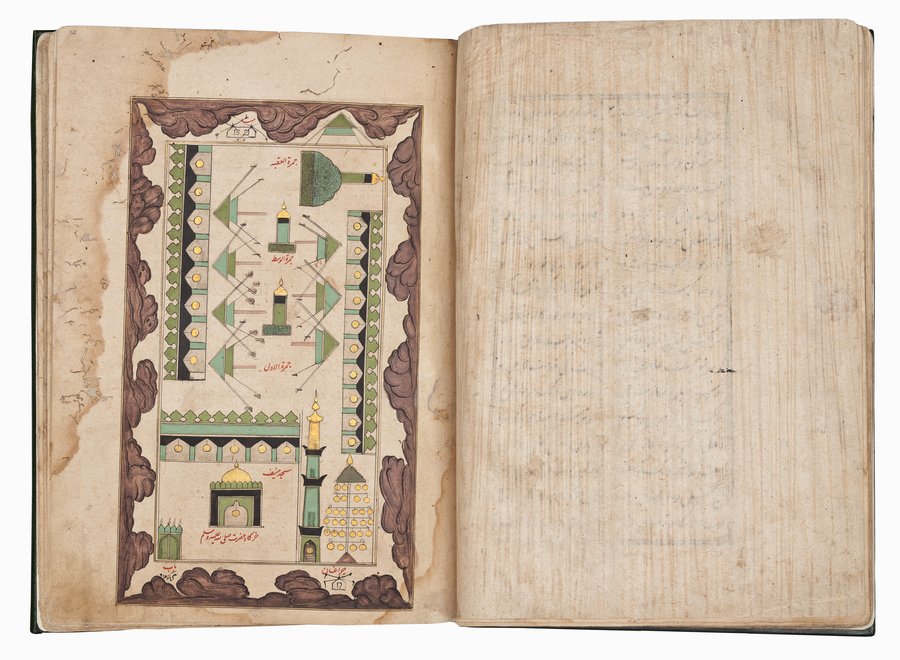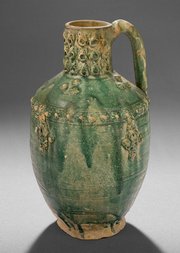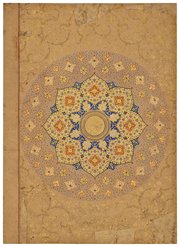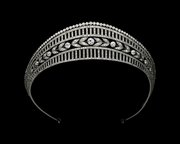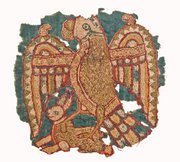
Mughal Copy of the Kitab Futuh al-Haramayn (Revelation of the two sanctuaries)
Museum of Islamic Art
- Title:
- Mughal Copy of the Kitab Futuh al-Haramayn (Revelation of the two sanctuaries)
- Original Author:
- Muhyi al-Din Lari
- Production place:
- North India
- Period:
- Mughal
- Title:
- Mughal Copy of the Kitab Futuh al-Haramayn (Revelation of the two sanctuaries)
- Original Author:
- Muhyi al-Din Lari
- Production place:
- North India
- Period:
- Mughal
- Material:
- Paper, Ink, Gouache, Gold, Leather
- Technique:
- Bookbinding, Calligraphy, Illustration, Illumination
- Dimensions:
- 28.4 × 20 × 1.8
Muhyi’ al-Din Lari (d. 933 AH/ 1526-1527 CE), a disciple of the philosopher Jalal al-Din Muhammad al-Dawani, was Persian. Author of the Kitab Futuh al-Haramayn (‘Revelation of the two sanctuaries’), his book is a description of Mecca and Medina and the rituals of the pilgrimage. This versified account (including some poetry of Jami) was written in 911 AH / 1506 CE and dedicated to Muzaffar bin Mahmud Shah of Gujarat (r. 917-932 AH/1511-1526 CE). This famous book was regarded as a guide or manual for pilgrims going on Hajj, including prayers for the different stages of the journey. It was especially valued for its paintings, which represent all the important sites of Mecca and Medina with titles and captions written in Persian. Many copies were made, mainly in Turkey during the 16th century and later in South Asia from the 11th to the 12th century AH / 17th to the 19th century CE. This copy is dated 1124 AH / 1712 CE and features 18 illustrations using a flat projection. The architectural features used in the depiction of sacred buildings are reminiscent of South Asian architecture, thus demonstrating a regional interpretation of Arabian architecture. The similitude of format and number of illustrations in illustrated copies of the text show the large diffusion of this account as a popular guide for pilgrims but also as an object of devotion. Models seem to play an essential part in trade with pilgrims circulate and are illustrated at a large scale, particularly in Mecca’s markets to be sold as souvenirs and to accompany pilgrims on their journey.
